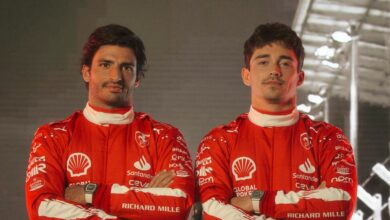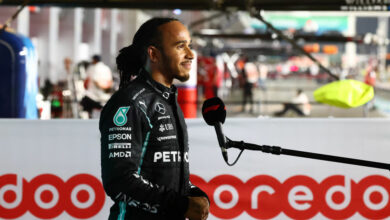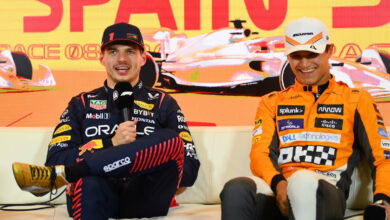F1 Liveries Under Fire: Karun Chandhok Critiques 2024 Designs for Excessive Carbon Fibre Use
Karun Chandhok, Sky Sports F1 presenter, has openly criticized the liveries of the 2024 Formula 1 cars, particularly for their overuse of exposed carbon fibre. His remarks have sparked a wide-ranging debate among fans and F1 insiders, underscoring the importance of aesthetics in the sport.
Key Takeaways:
- Chandhok’s Critique: The seasoned F1 analyst targeted the prevalent use of exposed carbon fibre in the 2024 liveries, suggesting it diminishes the visual appeal of the cars. This design choice is rooted in weight-saving benefits but has faced backlash for its impact on the sport’s aesthetic.
- Team Strategies and Reveals: Teams like McLaren and Williams opted for livery-only reveals, while Haas and Sauber showcased their actual cars. Alpine presented a unique dual-livery, and RB (Visa Cash App RB) stood out with a more traditional, painted design.
- Fan and Spectacle Consideration: Chandhok’s comments emphasize the balance between technical advantages and maintaining the sport’s visual identity. The importance of a car’s livery in reflecting team heritage and attracting fan interest is a crucial aspect of Formula 1.
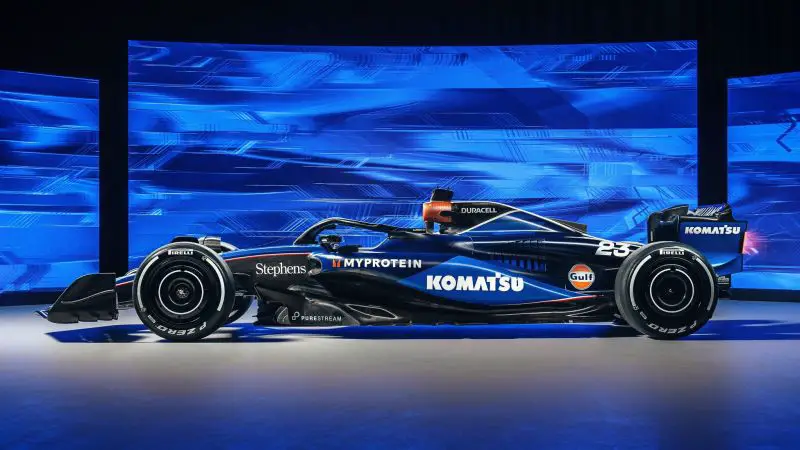

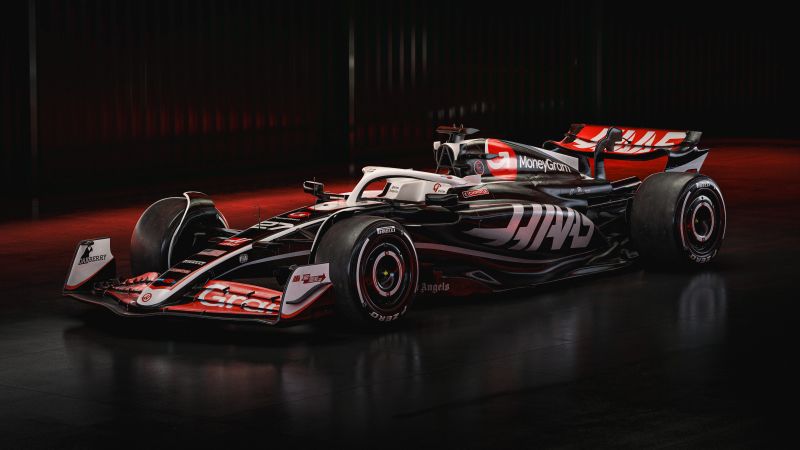
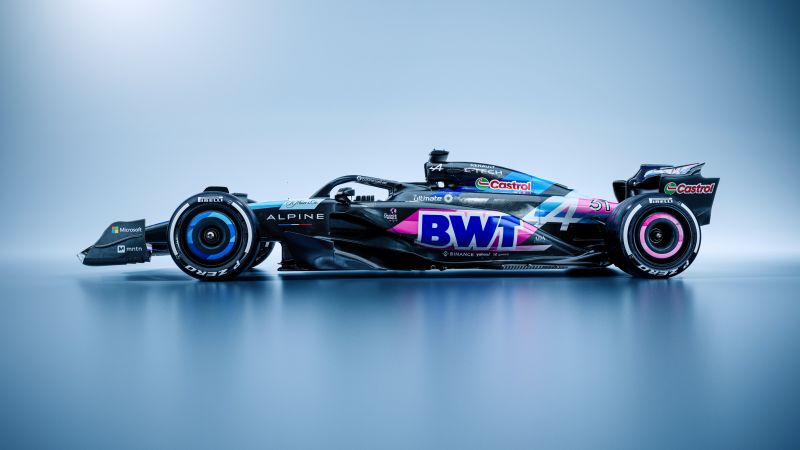
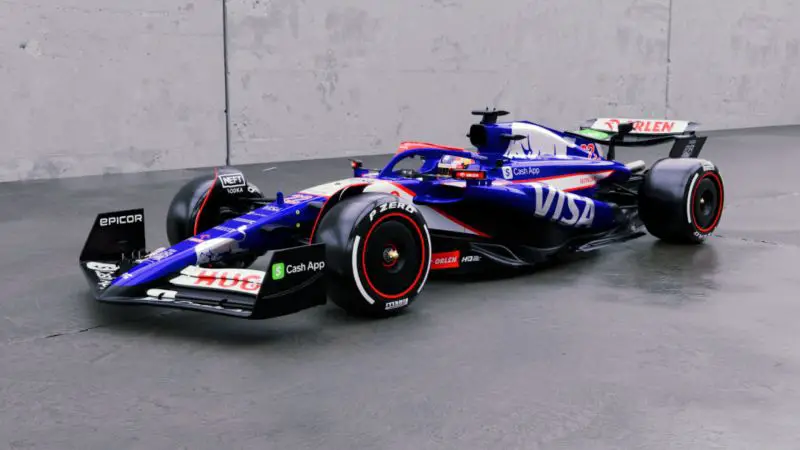
The 2024 Formula 1 season has been marked by a series of team car launches and livery reveals, culminating in a significant discussion over the aesthetic direction chosen by various teams. A prominent voice in this debate is Karun Chandhok, a respected analyst and presenter for Sky Sports F1. His recent critique focuses on what he perceives as an over-reliance on exposed carbon fibre in the design of several team liveries.
This trend, while beneficial in terms of weight reduction, has been met with criticism for potentially sacrificing the visual appeal of the cars. Chandhok expressed his dissatisfaction on X, a social media platform, stating, “Those black carbon cars really look rubbish! The two fastest cars at the end of 2023 were painted blue & red. I obviously understand marginal gains etc., but it shows that if you get the design right, you can make it look good!” These remarks not only reflect his personal views but also resonate with a broader audience concerned about the sport’s visual and emotional impact.
The approach to car reveals this season has varied among teams. McLaren and Williams chose to focus on their liveries, while Haas and Sauber displayed their actual cars. Alpine introduced a dual-livery concept, and RB (Visa Cash App RB) harked back to its Toro Rosso days with a predominantly painted/wrapped design. This diversity in unveiling strategies has added to the anticipation for upcoming reveals from teams like Aston Martin, Ferrari, Mercedes, and Red Bull.
Chandhok’s criticism is particularly focused on the minimalist approach adopted by several teams, where the natural dark grey of carbon fibre dominates the livery. This trend raises questions about the balance between technical performance and the aesthetic identity that has long been a hallmark of Formula 1.
Additionally, the recent reveal of the VCARB in Las Vegas caught Chandhok’s attention, prompting him to comment, “Still don’t get the name but the livery looks super.” This indicates that while he criticizes certain designs, he remains open to appreciating those that strike a balance between functionality and style.
In summary, while the use of exposed carbon fibre offers tangible benefits in terms of weight and performance, Chandhok’s remarks highlight the importance of not losing sight of Formula 1’s visual appeal and the emotional connection it fosters with fans. The debate around liveries underscores that in the high-stakes world of Formula 1, every aspect, including aesthetics, plays a crucial role in defining the sport’s character and appeal.
